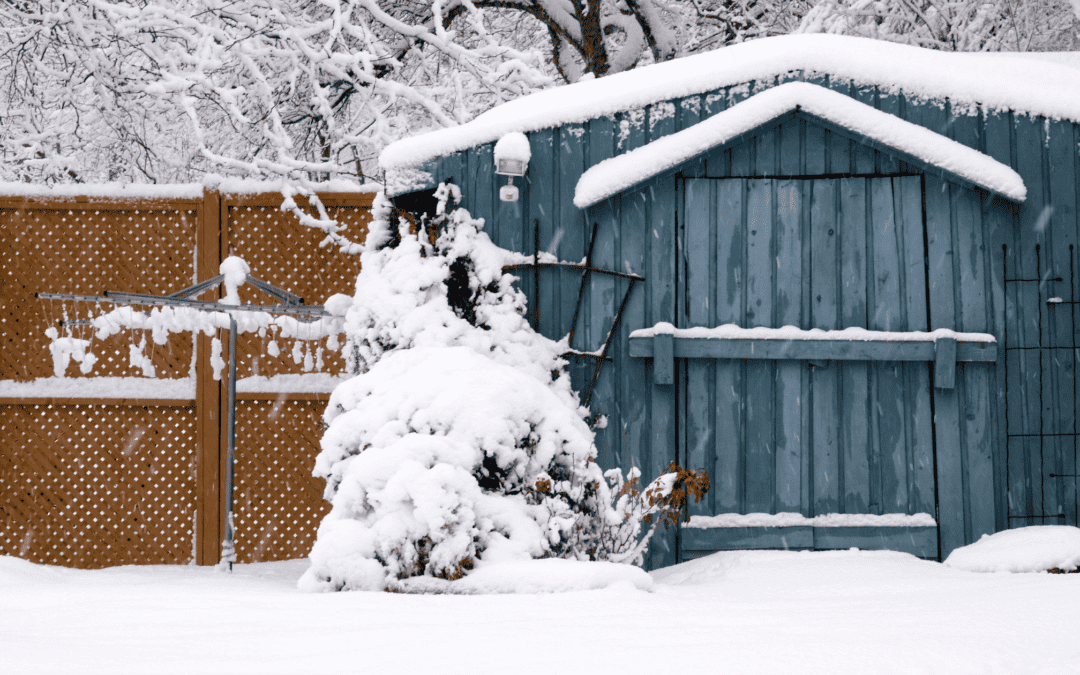It’s that time of year when temperatures start to drop and gardening season comes to an end. If you want to keep your tools and gardening supplies in good condition throughout the colder months, you need to winterize your garden shed. The process is simple, and it will ensure that everything stored in your shed is protected from the harsh winter weather. In this blog post, we’ll provide some tips on how to winterize your garden shed and prepare for the winter season.
Tip #1 – Clean out your shed
Before winterizing your garden shed, it’s essential to clean it out. Remove all tools, supplies, and debris from the shed so you can see any damaged areas that require repair. Once you clean out your shed, check for any holes, cracks, or missing shingles on the roof. These areas can become sources of leaks when it rains or snows, allowing moisture to enter your garden shed and damage your tools and supplies. Repair any damages, and then sweep or pressure-wash your shed to ensure that it’s ready for winter.
Tip #2 – Insulate the walls
If you want to use your tools and supplies throughout the winter, insulating the walls in your garden shed can help protect them from the cold. You can install foam board insulation or fiberglass batts between the framing studs to help keep the warmth in. This process will also help prevent condensation or moisture buildup, which can damage your tools.
Tip #3 – Store tools off the ground
When it snows, it’s common for your tools to become damp, and if you store them on the ground, they may rust. The best way to avoid this is to store tools off the ground. You can install wall-mounted racks or shelving units to store your gardening tools and supplies off the ground. This tip will help prevent your tools from rusting, and it will also keep them organized, so you know where everything is when you need it.
Tip #4 – Cover windows and vents
If your garden shed has windows or vents, cover them with plastic sheeting to keep the cold air out. You can use a staple gun or duct tape to secure the plastic sheeting in place. This tip will help keep your garden shed insulated and protect your tools and supplies from moisture or cold temperatures.
Tip #5 – Keep your garden shed dry
One of the most critical aspects of winterizing your garden shed is preventing moisture from accumulating inside. If you live in an area with high humidity, it’s easy for moisture to build up inside your garden shed during the winter. To prevent this, use a dehumidifier or ensure proper ventilation in your shed. Proper ventilation will help keep your garden shed dry and protect your tools and supplies from damage.
Conclusion
Winterizing your garden shed is essential if you want to keep your tools and supplies in good condition throughout the colder months. By cleaning out your shed, insulating the walls, storing tools off the ground, covering windows and vents, and keeping your garden shed dry, you can protect your tools and supplies from moisture and cold temperatures. These tips are simple, and they will help you enjoy year-round gardening and keep your tools and supplies organized and in good condition.


Recent Comments